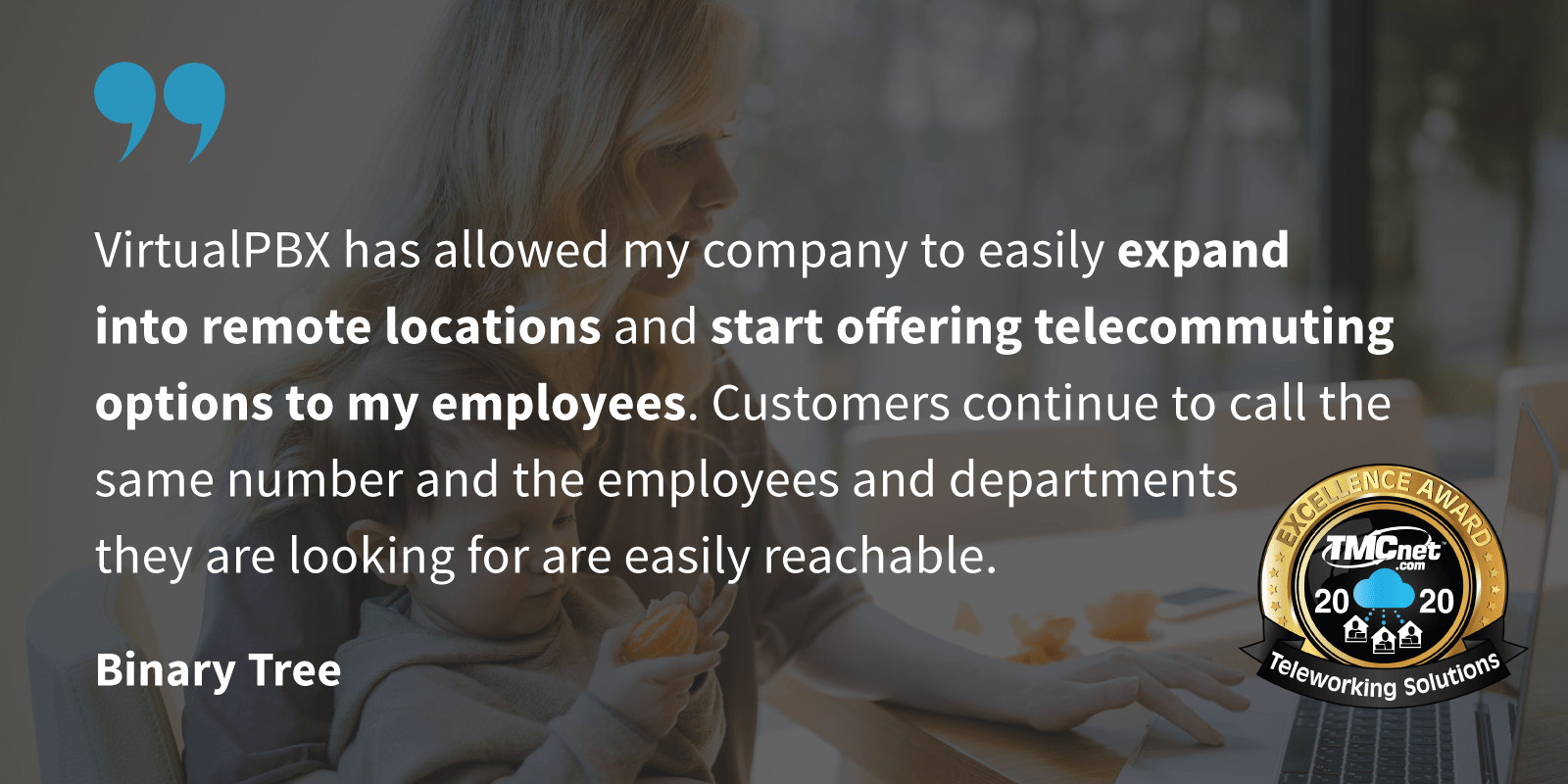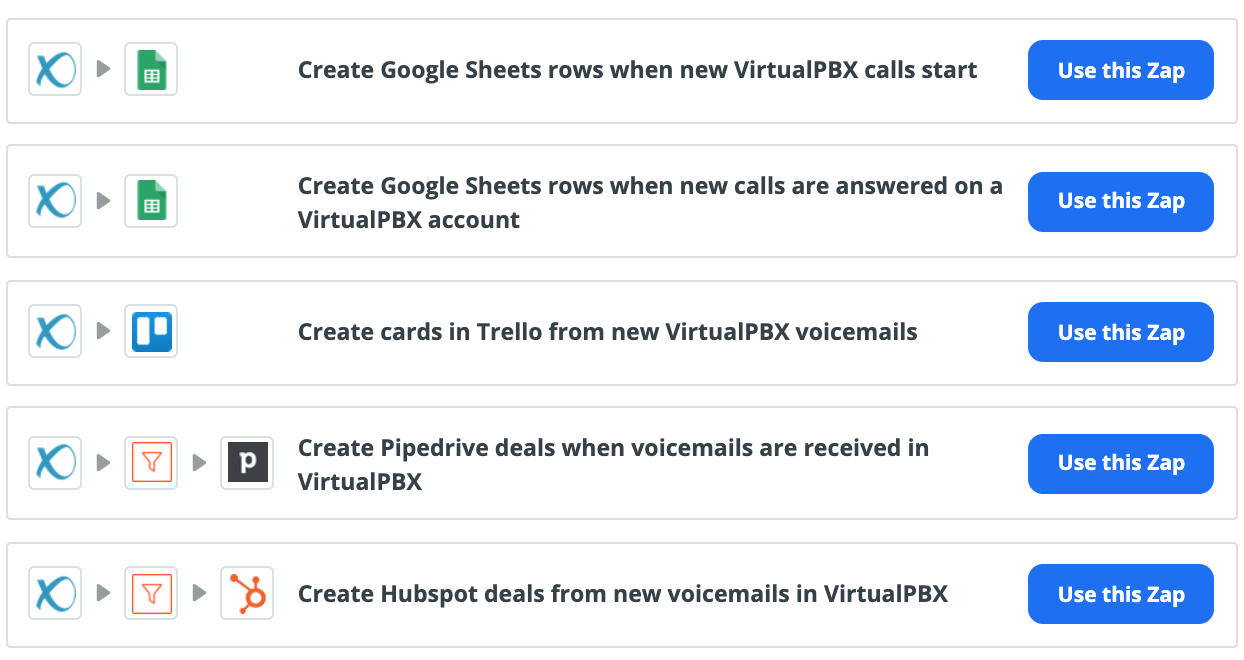 Today’s guest post was provided by Lucas Campbell, a digital marketing manager with experience in that position from traditional and remote office locations.
Today’s guest post was provided by Lucas Campbell, a digital marketing manager with experience in that position from traditional and remote office locations.
The world has witnessed a historic shift in the past year because of the nature and scope of the job market thanks to the COVID 19 pandemic. The future of remote work has revealed itself in a short span of time, in a difficult situation for many.
Before the novel coronavirus took center stage many companies used to offer work from home (WFH) as a sort of perk for their employees. However, what was considered a fringe benefit is now the norm for many, if not most business organizations. It is widely considered that within the next few years almost 70 percent of the global workforce will end up working from home or other remote locations.
Many people consider 2020 as a tipping point for remote work where it has become seen as a normal and expected part of the workforce. That year was most certainly not the last we’ve seen of remote work, as the trend has picked up the pace.
Remote Work is Rapidly Becoming Permanent
The percentage of employees working from home has leveled off at about 33% from a high near 70% during the Coronavirus pandemic. Many industry pundits believed that once the pandemic recedes into memory, people will go back to work in their respective offices. However, if current trends are anything to go by, that opinion may not turn out to be true; reality may even prove the opposite, with some predicting continued increases in remote work due to its assocation with increased productivity.
While a few people have gone back to their onsite jobs, either due to necessity or preference, many people are working from home because they enjoy that style of work. It has proven effective for both management and employees across industries.
Productivity levels have not decreased as many analysts had predicted. On the contrary, there is no need to rent out office space, nor is there any need to commute to and from work. As a matter of fact, as per a Gartner CFO survey, almost 75 percent of companies plan on working with the remote work model, even if the pandemic eases anytime in the foreseeable future. Many big companies are leading this change. Both Twitter and Facebook have allowed their staff to continue to work from home indefinitely.

No Need for Extra Office Space
As we see the future of remote work come into focus, the need for massive office complexes may become a thing of the past. One by one, large and small companies will go fully remote, so office space will shift from centralized complexes to many smaller offices in homes or in temporary spaces such as coffee shops and co-working spaces. This decreased demand for office space may allow businesses to cut back on material costs — such as renting floor space and supplying computers and office supplies for workers — which could increase their revenue. We may see that revenue then be used for marketing, industry research, and product development.
This type of priority shift is already happening as, one after another, businesses have started selling their massive office blocks. Companies are also concentrating on the hybrid model where some staff members will report for duty, while others will continue to work from home. Vital machinery will remain operational while retail work will be conducted from remote locations via Zoom meetings, Google Docs, and other work-sharing applications.
It is likely that most in-person meetings will end up being reserved for brainstorming sessions and other work. These might include team-building exercises or even the introduction of new projects. In the long run, the whole of the office might be redesigned to create a more inclusive work atmosphere that would be ideal for collaborative work. It will mean an end to stuffy cubicles, tiny workstations, and the like.
Digital Tools for Remote Working
From Trello to Google Teams, more and more tools have been developed for remote working applications. In fact, the wired internet generation and the arrival of very fast online connectivity have meant that just about anyone equipped with the relevant device can get the job done, easily enough.
These tools make it easy to work from anywhere. Without them, it is likely that the Coronavirus pandemic would have played out much differently with respect to its effect on the global workforce. Working remotely 10 to 15 years ago would have been more difficult for many workers, so we may have seen a more sudden shift from lockdown procedures into a more “normal” state of work where everyone had to return to their offices.
High-speed internet and the availability of collaboration tools lets employees connect with one another through voice calls, video chat, and texting while expecting that they can send large files quickly and edit collaborative documents which are saved on redundant servers, so no information is ever lost. These modern miracles were considered the stuff of science fiction barely a few decades back. Now they all contribute to a remote working experience.

The Future of Remote Work
Remote working is not a one-off experience due to the pandemic. The future of remote work is a reflection of the present. It is here to stay and will continue to persist through the coming years.
If we are lucky, remote work tools will also continue to grow to offer management and employees more freedoms in their jobs. What we have seen during the Coronavirus pandemic is a merging of demand for remote work and the tools that make it possible. Hopefully the future will hold more methods of collaboration so workplace can remain efficient and enjoyable even during the most difficult of challenges.







